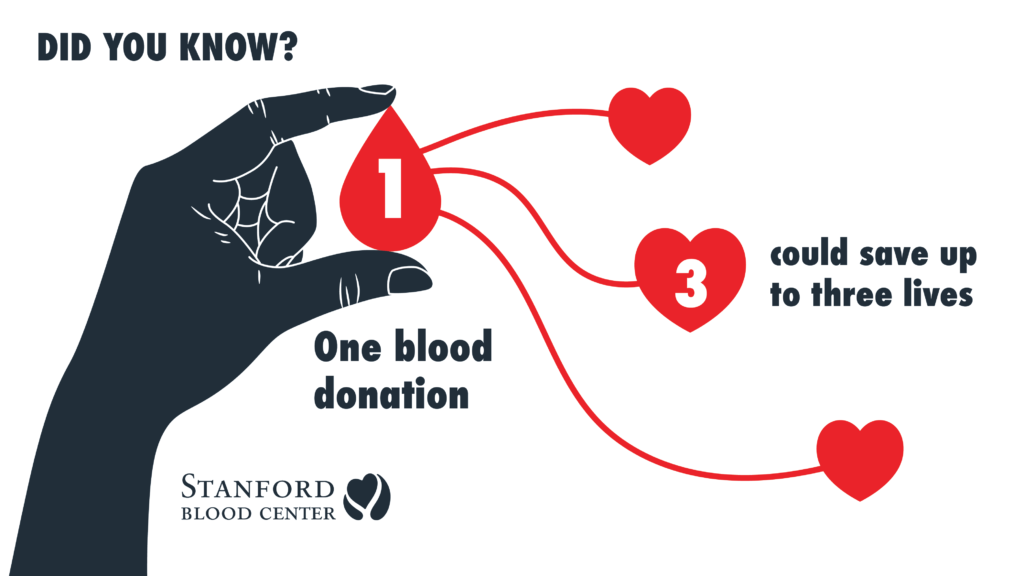1. The Components of Blood
Blood is composed of several key components, each with specific functions:
- Red Blood Cells (RBCs): These cells carry oxygen from the lungs to the rest of the body and return carbon dioxide back to the lungs for exhalation.
- White Blood Cells (WBCs): These cells are part of the immune system and help fight infections.
- Platelets: These tiny cell fragments are essential for blood clotting and wound healing.
- Plasma: This is the liquid portion of blood, containing water, electrolytes, proteins, and hormones. It helps transport nutrients, hormones, and proteins throughout the body.
Blood Processing
Once collected, the blood bag is labeled and sent to a laboratory for processing and testing.
a. Testing:
Blood samples from each donation are tested for various infectious diseases such as HIV, hepatitis B and C, syphilis, and others. This step ensures the safety of the blood supply.
b. Separation:
The donated blood is separated into its different components – red blood cells, white blood cells, platelets, and plasma – through a process called centrifugation. This allows each component to be used for specific medical treatments.
2. Storage and Distribution
Each component of the blood is stored under specific conditions to preserve its viability:
- Red Blood Cells: Stored at 1-6°C and can be kept for up to 42 days.
- Platelets: Stored at room temperature and must be used within five days.
- Plasma: Can be frozen and stored for up to one year.
The blood components are then distributed to hospitals and clinics as needed.
3.Transfusion to Recipients
When a patient needs a blood transfusion, the appropriate blood component is matched to their blood type and transfused. This can be crucial in various medical scenarios, such as:
- Accidents and Trauma: To replace blood lost due to injury.
- Surgery: To compensate for blood loss during surgical procedures.
- Cancer Treatment: To support patients undergoing chemotherapy.
- Chronic Illnesses: For conditions like sickle cell anemia or hemophilia.

Conclusion
The science behind blood donation reveals a complex and meticulously coordinated process that transforms a simple act of giving into a life-saving service. By understanding the journey from donor to recipient, we can appreciate the critical role that blood donation plays in modern medicine. Each component of donated blood—red blood cells, platelets, and plasma—serves a unique and vital purpose, underscoring the importance of regular donations to maintain a stable and sufficient blood supply. By donating blood, you contribute to this intricate and life-saving system, making a tangible difference in the lives of countless individuals who depend on these precious resources for their health and survival.
